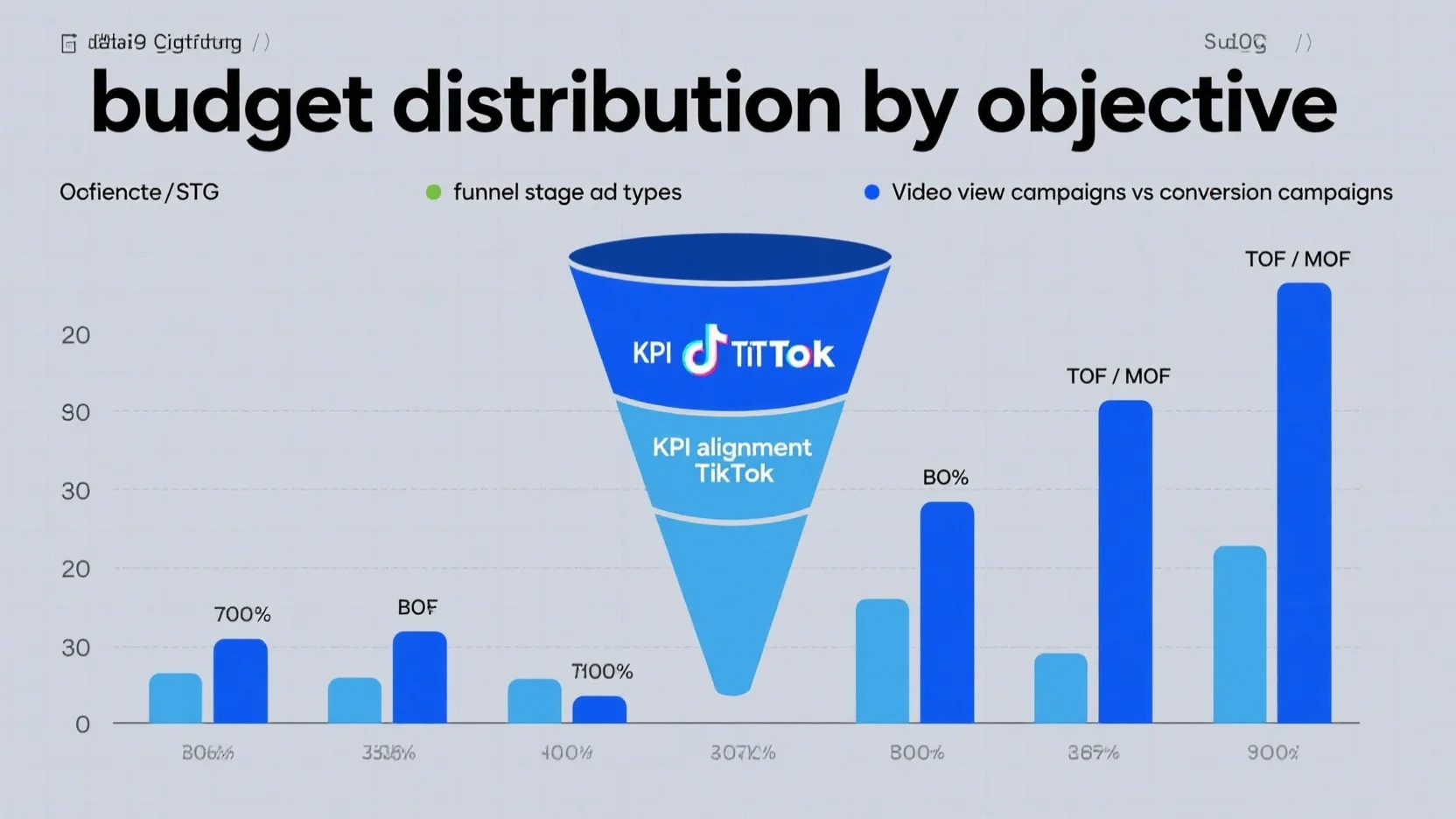
Video View vs Conversion Campaigns on TikTok: Funnel Stages, Metrics, Budgeting & KPI Alignment
Are you a marketer looking to maximize your TikTok ad spend? As U.S. ad spend on TikTok is projected to surge 57% YoY in early 2025 (Guideline), it’s crucial to understand the difference between video